ESG / CSR
Industries
What is Load Shedding?
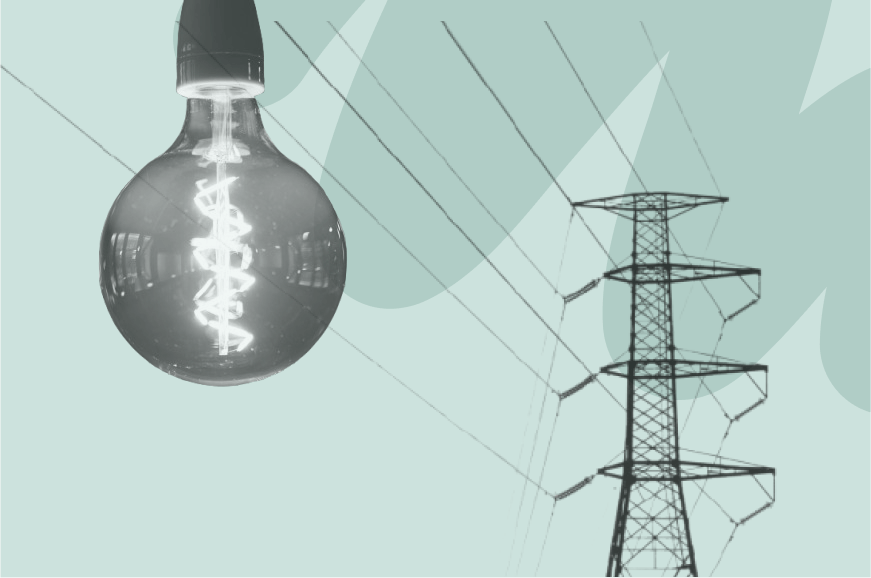


If you live in South Africa or have been planning a visit to the country – you’ve probably heard of load shedding, which refers to when electricity supply can randomly power off in order to reduce electricity consumption and the national grid from straining existing power generation capacity. Load shedding is implemented by Eskom, which is South Africa's state-owned power utility company – as a controlled measure to plan power cuts in order to prevent the electric grid from collapsing entirely.
Many of us are concerned about conserving power to prevent skyrocketing electricity bills, but at the end of the day – we’re lucky to have access to electricity 24/7, as some countries like South Africa still struggle to evenly distribute power and resort to load shedding events to preserve their existing electricity network. According to the Good Governance of Africa, the country's dangerous imbalance of power has increased – with residents experiencing as many hours of load shedding in 2022 alone as in 2019 and 2020 combined.
In this article, we'll provide a comprehensive guide to understanding what load shedding is, how it's useful in curbing electricity demand, and how residents and tourists alike can still make the most of their time in the beautiful country in the midst of these planned power outages during these scheduled power interruptions.
What is Load Shedding?
Load shedding refers to the method used to distribute electrical power across multiple sources demanding power. Ultimately, the main goal of load shedding is to prevent stress on a primary energy source – which most often occurs when the demand for electricity exceeds the current available supply.
Think of load shedding as when you’re trying to carry your groceries up five flights of stairs – odds are, one of your arms is going to get tired. As a result, you end up taking a break for a minute and switch arms until you feel strong enough to carry the groceries on your dominant arm again. Load shedding works the same way, as it tries to relieve pressure on the electrical grid.
Different Stages of Load Shedding
According to Eskom, there are eight different stages of load shedding – which are developed in line with how much electricity demand exceeds the available supply from operational power stations.
Implemented as a last resort measure, each stage requires a a greater reduction of power supply to prevent a complete national blackout. These higher stages are utilised when energy usage outweighs generation capacity.
The table below will compare and contrast the 8 different stages of load shedding:
| Load Shedding Stage | Estimated Capacity Reduced | Typical Power Outage Duration |
|---|---|---|
| Stage 1 | Up to 1,000 MW | Up to 3 outages across 4 days (2 hrs each) or 8 days (4 hrs each) |
| Stage 2 | Up to 2,000 MW | Up to 6 outages across 4 days (2 hrs each) or 8 days (4 hrs each) |
| Stage 3 | Up to 3,000 MW | Up to 9 outages across 4 days (2 hrs each) or 8 days (4 hrs each) |
| Stage 4 | Up to 4,000 MW | Up to 12 outages across 4 days (2 hrs each) or 8 days (4 hrs each) |
| Stage 5 | Up to 5,000 MW | Up to 12 outages across 4 days: 9 for 2 hrs, 3 for 4 hrs |
| Stage 6 | Up to 6,000 MW | Up to 12 outages across 4 days: 6 for 2 hrs, 6 for 4 hrs |
| Stage 7 | Up to 7,000 MW | Up to 12 outages across 4 days: 3 for 2 hrs, 9 for 4 hrs |
| Stage 8 | Up to 8,000 MW | Up to 12 outages across 4 days (4 hrs each) |
Is All Power Supply Cut Off During Load Shedding?
Remember, load shedding is a lot like living with a black-out – except load shedding is planned ahead of time. Normally, you can plan your day around the time you know the "required outages" will take place when electricity usage won't be available.
However, that being said, several places in South Africa have backup power systems or generators to help keep their businesses running during a period of load shedding – such as a cafe or a data center.
As a result, this means that the following is usually still available during load shedding in South Africa (when located in a place that has a generator):
- Hot water systems
- Lights
- Ability to charge electronic devices
- Internet
Despite this availability of power during these planned power outages, it is important to note that internet and transmission lines across South Africa are sensitive to extreme weather – as excessive wind or rain can have a toll on the level of connectivity available.
Load shedding has been going on for 20 years in South Africa, but has been exceptionally prevalent in the past year – even in countries like the United States.
The flip cars below (move your cursor over the card to flip) will provide some examples of recent load shedding that has occurred in the United States:
Rolling Blackouts
Winter Storm Crisis
Hurricane Ida

How Does Load Shedding Work?
Load shedding works by letting buildings and business owners know when there is going to be a power outage. Depending on how bad the circumstances are that have elicited the need for load shedding in the first place, load shedding can occur anywhere from a few minutes to a few hours.
However, load shedding can end earlier than expected if additional power sources become available or if demand tapers off sooner than planned – but in some countries like South Africa, load shedding persists for as long as they are told it will.
The timeline below will explain the process of how load shedding works:
As many critical customers remain concerned with the future of load shedding, Eksom has reassured the country of its efforts to improve the availability of electricity across the country.
Which Countries Experience Load Shedding Events?
While South Africa is most infamously known for load shedding, many other countries practice this concept to preserve energy around the world, such as in India, Pakistan, Australia, Lebanon, and the United States.
The drop down sections below will detail some examples of load shedding events that have occurred in these countries:
🇿🇦 South Africa
South Africa experiences the most well-known form of load shedding globally, managed by Eskom. The country has faced multiple rolling blackouts, especially from 2019 to 2023, with some days experiencing Stage 6 outages—cutting thousands of megawatts.
🇮🇳 India
In rural India, load shedding is still a daily reality, especially during peak summer months. Electricity boards schedule power cuts to prevent system collapse, particularly in regions like Uttar Pradesh and Bihar.
🇵🇰 Pakistan
Pakistan frequently implements load shedding in both urban and rural areas due to shortfalls in generation capacity. Major cities such as Karachi have faced daily outages lasting 4–6 hours during energy crises.
🇦🇺 Australia
Australia has occasionally resorted to controlled load shedding, particularly during heatwaves in South Australia and Victoria, when energy demand surges due to air conditioning use.
🇱🇧 Lebanon
Lebanon’s power grid suffers from chronic underinvestment. Load shedding is a daily occurrence, with many citizens relying on private generators to supplement long hours of blackout.
🇺🇸 United States
Load shedding in the U.S. occurs less frequently but has still made headlines, such as in Texas (2021) and California (2020), where energy shortages during extreme weather triggered controlled outages to stabilise the grid.
Load shedding is most cooperative when it is planned, but it can also occur without fair warning – as countries such as South Africa have reported random shortages of power supply, even during peak periods such as during dinner hour and lasting for a few hours at a time.
What are Rolling Blackouts?
Unprecedented load shedding is better known as a rolling blackout. This is when an electricity provider completely turns off the power without notifying businesses or residents beforehand, and can last for an indefinite amount of time.
In addition to this, another type of load shedding exists – which are called brownouts. This type of load shedding is caused when a power supplier lowers their voltage distribution, most often during peak hours – in order to ensure they can meet the current demand.
The battle cards below will depict the differences between rolling blackout and brownout load shedding:
Think of when you’re in a busy cafe, where everyone is using the WiFi – and suddenly, it takes much longer for your webpage to load. This is similar to the concept of brownouts.
Emergency Load Shedding: Scenarios Beyond Scheduled Stages
Load shedding is often a purposeful and strategic choice to cut off power, however – load shedding can also work as a coping mechanism to provide safety services in the event of:
- A natural disaster such as a hurricane, flooding, or tornado that can knock out the power or cause harm to the electricity grid
- A failure on behalf of essential equipment to provide the initial power
- A nation making an attempts to conserve energy or other natural resources
- Consumer demand exceeding supply
In South Africa’s case, load shedding exists due to the country’s never-ending energy crisis – causing power in the group's electricity conductors to continuously be turned off in both commercial and residential areas.
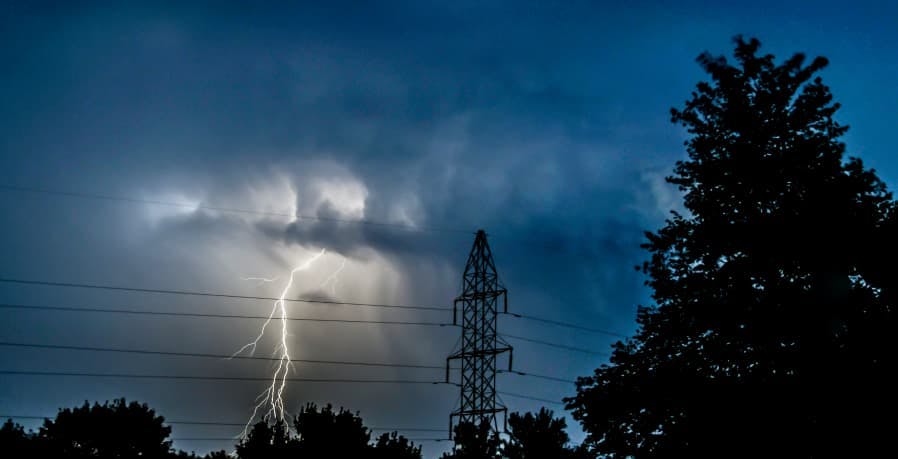
Will Load Shedding Ever End?
Load shedding as a whole will probably never go away until the world finds a way to properly and permanently handle the energy crisis, but that doesn't mean load shedding won’t take intermittent breaks.
For instance, in 2023, South Africa suspended load shedding for a day – but as a result, even more rigorous load shedding schedules were released. Ultimately, due to a lack of political commitment – a country like South Africa will likely experience load shedding for years to come as long as renewable energy remains on the back-burner of priorities.
Even power house countries like the U.S. are in dire need of improvement to their power grid to prevent load shedding or power outages in the future, especially in the midst of Trump's return to office and his newfound policies implemented to increase domestic energy production in 2025.
How Could We Stop Load Shedding?
Kicking load shedding to the curb would require the following:
- Improved Infrastructure: If countries that rely on load shedding were to invest in better electricity grids and distribution infrastructure, there would be no need for consistent load shedding. However, this would require money and time to build new power plants and modernise their current grids – something financially out of reach for many countries that rely on load shedding.
- Implementing Renewable Energy Sources: If there were more solar panels or wind farms in countries that make use of load shedding, these renewable energies could serve as back up power for when the main grid is down. In addition to this, it would help these countries work towards a clean energy economy.
- Encouraging Energy Efficiency: Working towards mitigating the need for load shedding is a team effort. If everyone in the country or city in question works to implement greater energy efficiency, they can collectively reduce the overall demand for electricity – and allow for greater supply. This would make load shedding a moot point.
- Political Interest: Load shedding can take greater control when a country is politically unstable. Therefore, political stability is a prelude to getting rid of load shedding once and for all.
- Financial Stability: It costs money to implement many of the tactics required to make load shedding obsolete – such as deploying more energy efficient equipment and setting up mechanisms to harvest renewable energy.
Unfortunately, many countries that rely on load shedding still do not have the political or economic stability to make these changes – even when they could greatly benefit from the use of renewable energy such as with solar panels in South Africa, as the country basks in a whopping 2,500 hours of annual sunshine.
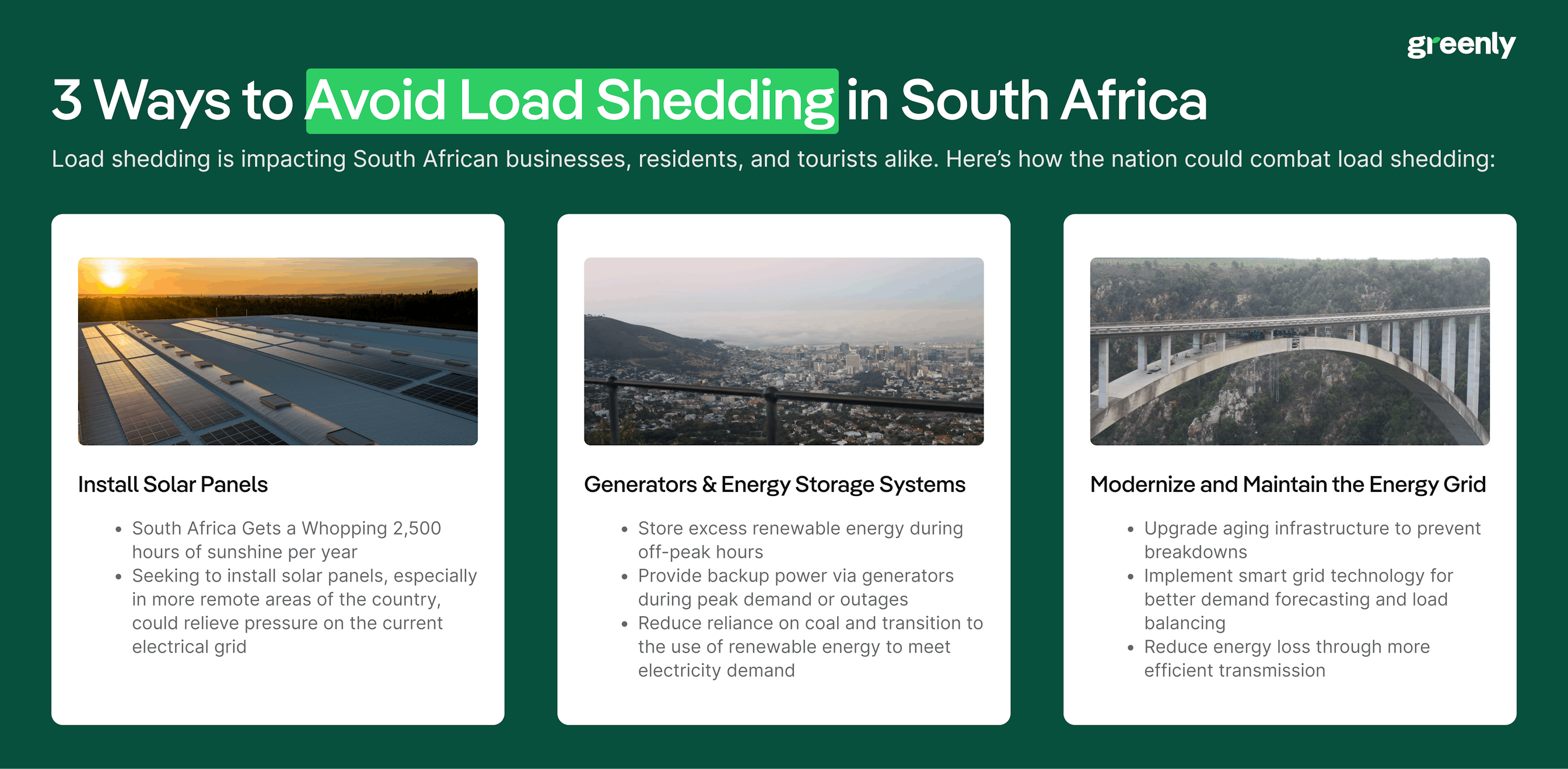


How Load Shedding Impacts Residents and Tourism
Load shedding isn’t just an inconvenience, but can cause extensive harm to society, residents, and tourists in a country that relies on load shedding to evenly distribute power.
Think about it: imagine the frustration of working on a final paper due for end-of-semester college grands, and you forgot that the power was going to turn off – and end up losing all of your work. These days, most people handle their tasks or school assignments via the cloud – rendering most of our daily operations co-dependent on functioning electricity to use an available WiFi connection.
Examples of Inconvenient Load Shedding Events
Load shedding extends far beyond disrupting online work or assignments – it impacts critical, real-life scenarios that affect entire communities.
Here are key examples of how load shedding disrupts society:
- Interruptions to education, as power can interfere with lessons being taught at school
- Life-threatening situations where power failures can implicate hospital equipment and operations
- Strained social connections for individuals who depend on digital communication to stay connected to family and friends
- Safety concerns when someone isolated is unable to contact emergency services or support networks due to intermittent pauses in connectivity
- Economic challenges for small businesses that struggle to make profit and lose revenue when power outages disrupt their daily operations
Load Shedding: How It Affects Tourists
Load shedding affects not only residents, but also the millions of tourists visiting South Africa.
Cape Town alone has seen a rapid increase in tourism – with a whopping 10.4 million passengers and 3 million international arrivals in 2024 alone. While this isn't the same kind of mass tourism we see during Europe’s high season, it remains relevant for the millions of people who opt to travel to countries with load shedding.
Many tourists might find load shedding to be a nuisance, as some travellers may view their trip as more of a vacation over an adventure. The lack of luxury to use power at any time they want could leave them dissatisfied with their visit – despite the country's vast offerings.
Is there a way that people who experience load shedding can make the most of it?
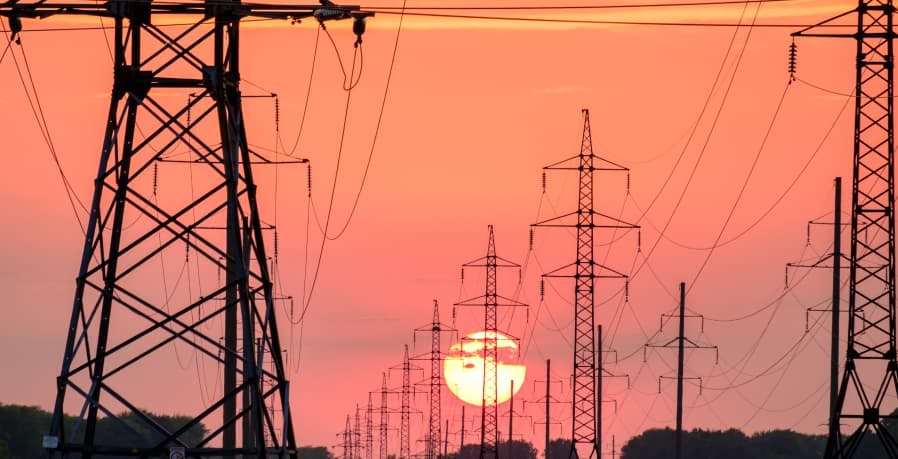
Making the Most of Load Shedding: Tips for Residents and Visitors
Visiting or living in a country with load shedding doesn’t have to mean it’s the end of the world – it’s simply a different way of living life. In fact, learning to live with load shedding could end up being a blessing for your mental health – and teach you the value of disconnecting from the digital world.
Here are a few ways to learn to adapt with load shedding:
- Familiarise Yourself the Load Shedding Schedule: Even though a load shedding schedule is often subject to change, getting used to the times of day where you are likely to be without power can help you get used to load shedding.
- Manage Your Tasks Better: Get into the habit of getting any tasks that require electricity done before the power goes out. This way, you learn to work alongside load shedding instead of against it.
- Work Remotely: If it’s possible, working from home is a good option for those who live in counties that experience load shedding – as it might help you to maximise your productivity.
- Buy a Strong Data Plan or a Generator: If you truly cannot function without consistent power, it might be helpful to buy a strong data plan for your cellular device to use as a hotspot when WiFi is unavailable. For business owners, a generator might prove useful to provide customers with reliable connectivity – such as WiFi for coffee shops.
- Spend Your Time Outside During Load Shedding: Many countries with load shedding that people visit have exquisite and enticing outdoor activities. For instance, South Africa is a beautiful country known for its stunning hikes, beaches, and coast-hugging drives. Therefore, one of the best ways to beat load shedding is to forget that electricity exists at all. Plan ahead to go spend your “load shedding lockdown” time outdoors and spend time in nature during hours where electricity is cut off.

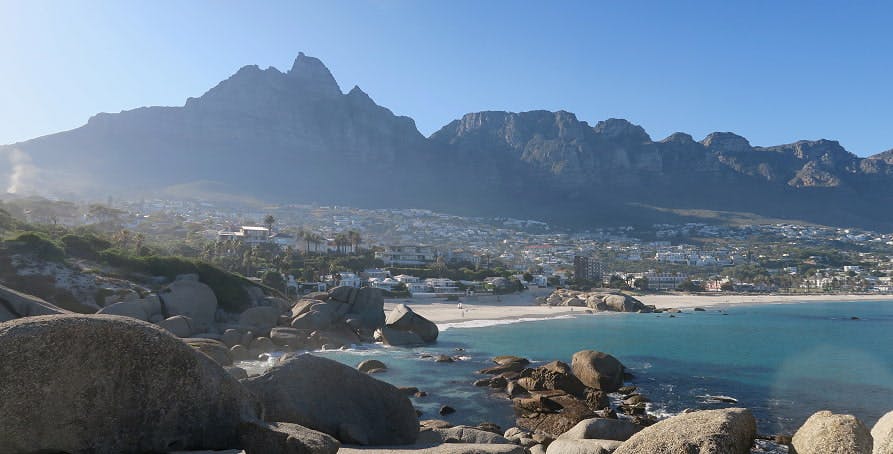
Even though load shedding seems inconvenient on the surface, it could actually serve as an opportunity for you to improve your time management skills, exercise outdoors, and take part in activities that don’t require the internet or electricity.
Ultimately, load shedding continues to serve as a way for countries who struggle with power distribution to evenly transmit power across their energy grids. It might be a long time until load shedding is eradicated entirely, but in the meantime – it’s best to look on the bright side and see what living or visiting a country with load shedding could teach you.
What About Greenly?
If reading this article about load shedding has made you interested in reducing your carbon emissions to further fight against climate change – Greenly can help you!
It can be overwhelming to figure out how to implement energy efficiency or renewable energy sources into your business model, but don’t worry – Greenly is here to help. Click here to schedule a demo to see how Greenly can help you find ways to improve energy efficiency and decrease the dependency on fossil fuels in your own company.
Greenly can help you make an environmental change for the better, starting with a carbon footprint assessment to know how much carbon emissions your company produces.







